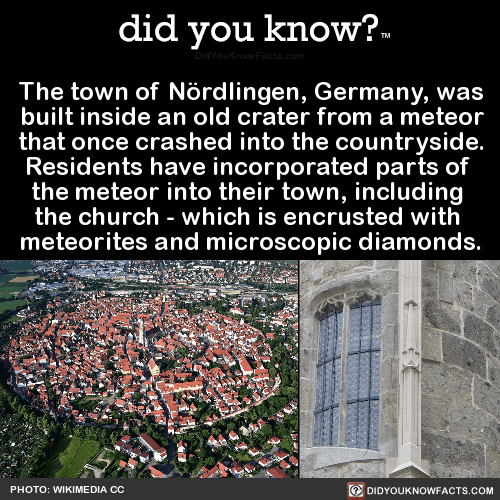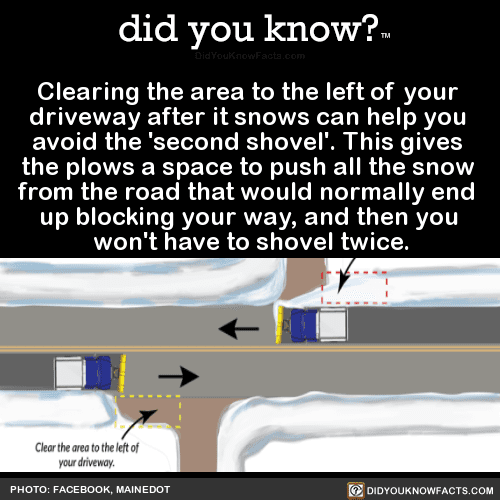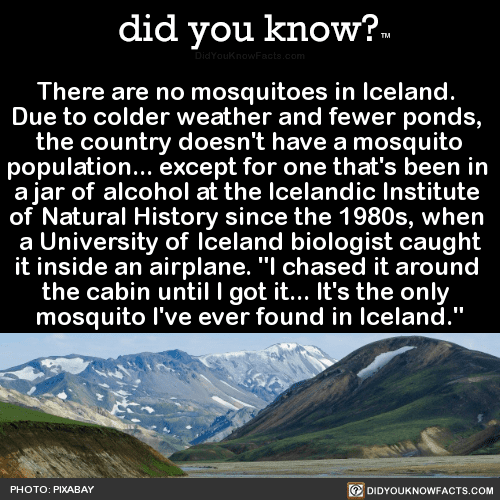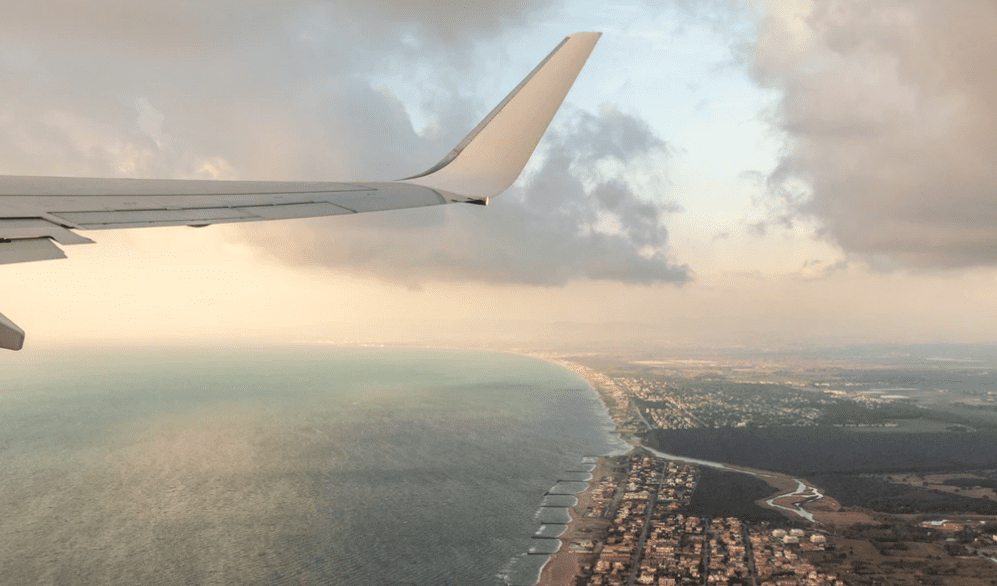I love all-things horror, and the Stanley Hotel in Estes Park, Colorado, is definitely on my bucket list to visit someday. The hotel was author Stephen King’s inspiration for The Shining, which was published in 1977 and was made into a great horror film in 1980.
King published Doctor Sleep, the sequel to The Shining, in 2013, and the movie version was released just last week. While we’re at it, let’s take a look at the trailer for Doctor Sleep.
And now here are 10 interesting facts about the infamous Stanley Hotel.
1. One night stay
View this post on Instagram
King and his wife Tabitha stayed at the Stanley for one night back in 1974 when King was working as a teacher in Boulder, Colorado.
2. Solitary
The night that King and his wife stayed at the hotel, they were the only guests in the whole place. The Stanley was not a year-round hotel until 1982, and it was the end of the season the night the Kings stayed there.
3. A hard time.
View this post on Instagram
In 1974, Stephen King was suffering from alcoholism and writer’s block.
4. The creepy room.
The Kings stayed in Room 217 the night of the visit, which he wrote into The Shining.
5. The clawfoot tub…
The tub in Room 217 inspired The Shining. King opened the curtain and said to himself, “What if somebody died here? At that moment, I knew I had a book.”
6. The bartender.
After his wife Tabitha went to sleep, King went to the hotel bar and the bartender was named Lloyd Delbert Grady. King used the bartender’s name as inspiration for the characters “Lloyd” the bartender and “Delbert Grady,” the previous caretaker.
7. No cash exchanged.
View this post on Instagram
King tried to give the bartender a $20 bill, and Lloyd Delbert Grady said, “Your money is no good here,” just like in the film. Because it was the end of the season, Grady didn’t want to add more money to his till.
8. But there was another kind of exchange.
Lloyd gave King a glass of whiskey for free, and the writer told him about some ideas he had for books. Lloyd told him personal stories about working at the hotel.
9. Step outside.
View this post on Instagram
King had a nightmare the evening he slept at the Stanley. The next morning he woke up, smoked a cigarette on the balcony outside Room 217, and by the end of his smoke he had the beginning, middle, and end of The Shining in his head.
10. Booked up.
These days, if you want to reserve Room 217 at the Stanley Hotel, keep in mind that it’s usually booked up a year in advance.
The post 10 Facts About the Colorado Hotel Stephen King Stayed at When He Came up with “The Shining” appeared first on UberFacts.


 #argylegoolsby #theshining #stephenking #stanleyhotel #room217 #hotel #wasntme
#argylegoolsby #theshining #stephenking #stanleyhotel #room217 #hotel #wasntme


 GOOD WORK
GOOD WORK 13 yr old Caroline Crouchley’s design (Young Scientist Challenge) builds on Elon Musk’s idea but uses it to move existing trains—not move just a few people in a pod
13 yr old Caroline Crouchley’s design (Young Scientist Challenge) builds on Elon Musk’s idea but uses it to move existing trains—not move just a few people in a pod 

 #perugia #italy
#perugia #italy #chocolate #festival #chocolatefestival #umbria #wonderful #icecream #churros #nutella#eurochocolate #minimetro #jam #perugiachocolate #eurochocolateperugia#fontana #fontanamaggiore #sanlorenzocathedral #palazzodeipriori
#chocolate #festival #chocolatefestival #umbria #wonderful #icecream #churros #nutella#eurochocolate #minimetro #jam #perugiachocolate #eurochocolateperugia#fontana #fontanamaggiore #sanlorenzocathedral #palazzodeipriori


 カレーステーション ナイアガラ #TimeOutTokyo
カレーステーション ナイアガラ #TimeOutTokyo


 . The most fun at HEP 5 in Umeda with my cousin Rio (@sethandrio) ありがとう
. The most fun at HEP 5 in Umeda with my cousin Rio (@sethandrio) ありがとう . #purikura #purikuraphoto #purikurastyle #hep5 #umeda #osaka #kawaii #japan #japantravel #travelblogger #hapa #hafu #selca
. #purikura #purikuraphoto #purikurastyle #hep5 #umeda #osaka #kawaii #japan #japantravel #travelblogger #hapa #hafu #selca : Afuri 라면편
: Afuri 라면편
 . . . . #japan #tokyo #subway #tokyosubway #metro #tokyometro #train #rushour #emptytrain #pace #none #empty #clean #minimal
. . . . #japan #tokyo #subway #tokyosubway #metro #tokyometro #train #rushour #emptytrain #pace #none #empty #clean #minimal














